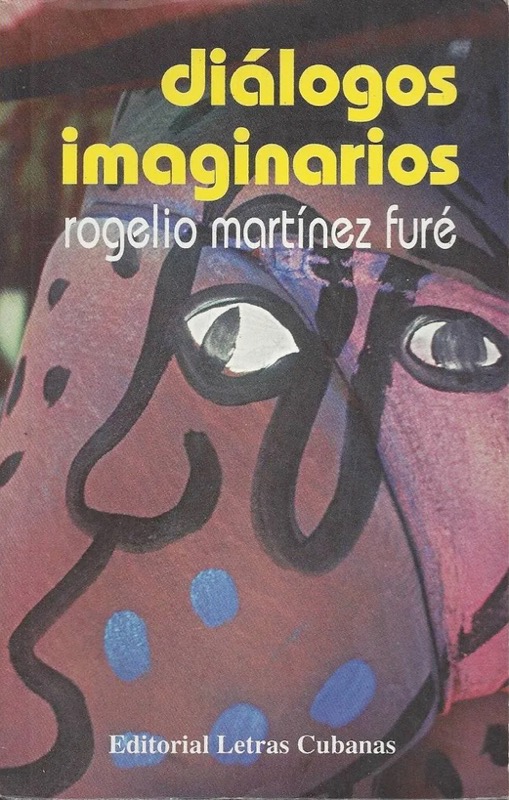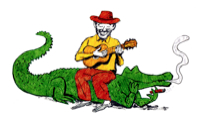- Documentation de
ritmacuba.com : Archives afro-cubaines / Afro-cuban archives
DIALOGOS IMAGINARIOS
/ IMAGINARY DIALOGS
English
Translation
Autor
/Author : Rogelio MARTINEZ FURÉ, translation : Barry COX

1. Chapter
: Notes on Those Called Arará and Mina in Cuba
One
of the great lacuna of Cuban ethnography is the lack of studies on
the Ewe Fon in our country. Revisiting our classic works in this
discipline (Ortiz, Cabrera,Lachatañeré), we only find information on
the influences of these peoples on the colonial life and their
modern survivals. Lost among all the studies where the presence of
the Yoruba, Bantú and Carabalí fills page after page, we find the
name of one of their gods (vodún) or of some of their musical
instruments; at times, with more luck, we discover a summary
description of a dance or a ceremony of old Dahomey origin. Here,
the reference to a ritual; there, a bit of their language; but no
article, and much less a book, dedicated to the Arará and Mina in
Cuba...
2. Chapter
: The Bríkamo
The
bríkamo (bricma, brícam, or brícamo) have been known in
Cuba since the colonial period. According to Fernando
Ortiz, in the "Papel Periodico de La Habana of 16 august
1792, there is a reference to a slave from the nacion
carabalí brícma", and is supposed to be "the same as the
Brícamo". By the first half of the 19th century, Pichardo
noted exactly the origin of this ethnic group, situating it
in Calabar, the southern region of Nigeria...
3. Chapter
: The Iyesá
The
Iyesá form one of the Yoruban subgroups1 and inhabit the region of
Ilesha, in Western Nigeria. During the centuries of the slave trade,
Africans from this region entered Cuba under the generic name of
Lucumí, a vague term which included the most diverse peoples of the
Coast of Guinea. Towards the beginning of the 19th century they were
able to recreate their rituals and other cultural manifestations,
adjusting them to the new colonial environment...
info@ritmacuba.com

Retour à l'accueil



